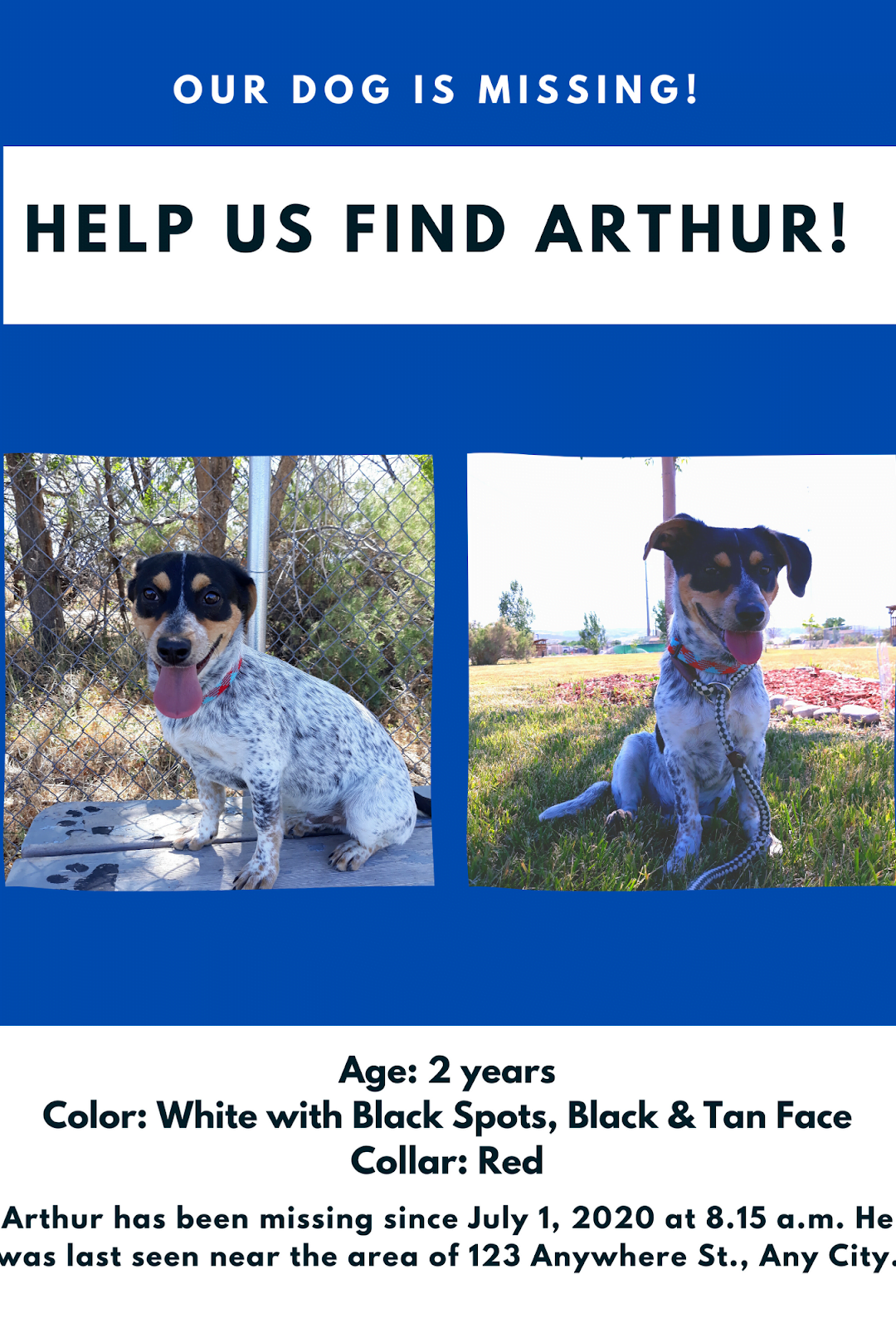July is Lost Pet Prevention Month. As we see fireworks become more common, spend more time outside, have more visitors, and leave windows and doors cracked open, it is important to consider our furry companion’s well-being. It is estimated that over 10 million dogs and cats are lost every year and that 1 in 3 pets will go missing in their lifetime. According to studies, once dogs enter a shelter only 22% of them find their way home and less than 2% of cats are reunited with their owners. Luckily, there are many steps you can take to prevent your pets from becoming lost.
Dogs should always wear a collar with ID tags as well as have a microchip. Cats should be kept indoors as much as possible. Your cat should also be microchipped. If you choose to put a collar with ID tags on your cat, breakaway collars are the only safe option for cats. Be sure to regularly test the collar to make sure it is functioning properly. Make sure all ID tags and microchips have your current contact information.
Always make sure that your yard is designed to prevent your dog from escaping. Check your fence for holes or other gaps that your pet may be able to squeeze through. Secure the base of your fence to help prevent dogs from digging underneath. Check items that are against the fence – tables, wood piles, and other objects can make it easy for your dog to climb on and jump over the fence.
It is important to begin looking for your pet as soon as you realize they are missing. It is recommended to keep a “Missing Pet” flyer prepared to print and hand out. This flyer should contain a clear picture of the animal from the front and side, your contact information, and a description of the pet. Use descriptive words such as size, color, and gender. Contact local veterinary hospitals, animal shelters, and animals services to report your missing pet and give them flyers for reference. You should also post flyers in nearby, highly visible locations (such as street corners). Many areas also have community social media pages (such as Facebook) that help reunite lost pets with their people. It can be helpful to put used litter boxes, pet beds, or other familiar items outside as the scent can help lead them back home.
If you find someone’s missing pet, be sure to look for ID tags on the animal. Be sure to notify animal services, shelters, veterinarians as these are the first places people will look for missing pets. You can also ask them to scan the pet for a microchip to help reunite the pet. Always ask the owner to verify something unique about the pet or to show a picture as proof of ownership.
We hope that by being proactive you can avoid the stress and fear that comes when a pet is on the lose.

